Concussions aren’t just a physical issue. Personally, I used to think it was just a bruising of the brain. While that is part of the problem, the real issues arise at a microscopic level. The level of the neuron. Here is where electronic impulses, (called action potentials) cause a depolarization of the neuronal membrane via ion gated channels that leads to a release of tiny bundles of biochemicals called neurotransmitters. These can be excitatory (causing an increase in activity down the neuron’s axon) or inhibitory (slowing or stopping the activity and transfer of the action potential to the next neuron). The purpose of this article is to summarize what is actually happening in the brain after a mild traumatic brain injury (mTBI) in easy to understand terminology that doesn’t require a PhD to understand.
Traumatic brain injury causes a rapid, widespread depolarization of the neurons. This then causes more channels to open, producing a greater electric current across the cell membrane, and so on. When the sodium ion comes in, potassium ions flow out to repolarize the cell membrane. This sequence of events is disrupted during a mTBI/concussion. Rapid depolarization of the cell membrane leads to more potassium going out of the neuron which is aggravated by the excitatory amino acids, such as Glutamate, binding to a particular receptor on the cell membrane that allows even more potassium to flow out of the neuron. This leads to an increase in the activity of the membrane’s ionic pumps to restore the resting potential of the membrane. Unfortunately, this leads to more potassium ions being pumped outside the neuron and more Calcium being pumped into the cell. These two channels, the sodium/potassium and calcium/potassium pumps, are doing the job they are made to do, but with the rapid depolarization of the membranes, an imbalance of ions occurs.
The sodium potassium pump requires energy (in the form of ATP) to bring sodium into the cell and pump potassium out. This leads to a period of increased or “hyper” glycolysis. Our bodies generate ATP via glycolysis which is the breaking down of glucose (generates 38 ATP). There is a limited supply of glucose in the body so, once you run out, the body goes to the much less efficient anaerobic respiration (only 2 ATP).
The calcium continues to build up in the mitochondria due to the action of the Calcium/Potassium pump. Recall that mitochondria are the “power plants” of the body. This calcium buildup adds to the energy crisis as they aren’t able to generate ATP while the calcium is inside. This also leads to impairment of oxidative metabolism which increases the levels of free radicals in the brain. Calcium also flows in to the axonal membrane (these are the “connecting tubes” between neurons. This leads to a compaction of the neurofilaments and eventual disassembly of the microtubules (the inner framework of the neurofilaments) ultimately “breaking the physical connection” to other neurons. The final issue of Calcium buildup in the neuronal mitochondria and cell body (called the soma) is activation of the enzyme, Calpain. This enzyme begins the process of cell death (apoptosis) of the neuron itself.
All of this is occurring in the brain after a mTBI, at the neuronal level. There are, however, physical aspects as well.
The neuron is composed of the cell body (soma) and long extensions of microtubules called axons. Axons communicate with nearby neurons via their dendrites. The axon and dendrites meet at what is called the synaptic cleft (microscopic gap between the two). Some axons are encased in an insulating material called myelin. This speeds up the propagation of the action potential via saltatory conduction which is a “jumping” of the impulse from node to node. A node is simply the small space on the axon between the glial cells that make up the myelin sheath, called Schwann cells. Not all neuronal axons are myelinated, however. These unmyelineated axons have been found to be more vulnerable to damage from mTBI.
The physical trauma of concussions can cause these connections to be disrupted, stretching and even breaking the axons. This can lead to long term cognitive dysfunction and chronic symptomatology.
Physiological perturbations after concussion and proposed clinical correlates.
| Post-TBI pathophysiology | Acute symptom / clinical correlate |
| Ionic flux | Migraine headache, photophobia, phonophobia |
| Energy crisis | Vulnerability to second injury |
| Axonal injury | Impaired cognition, slowed processing, slowed reaction time |
| Impaired neurotransmission | Impaired cognition, slowed processing, slowed reaction time |
| Protease activation, altered cytoskeletal proteins, cell death | Chronic atrophy, development of persistent impairments |
The physical symptoms often experienced after an mTBI are:
Headaches, light sensitivity (photophobia) and sound sensitivity (phonophobia) – thought to be a result of the ionic flux after mTBI.
Patient is more susceptible to second injury because of the energy crisis caused by the depletion of ATP because of the sodium/potassium and calcium/potassium pumps.
Slowed processing, reaction time and impaired cognition is believed to be caused by the direct physical trauma and injury to the axon itself as well as the impaired neurotransmission.
Chronic atrophy and development of persistent impairments is thought to be caused by protease activation, altered cytoskeletal proteins and cell death.
Dr. DeWitt played 12 years of professional football and experienced multiple concussions in that time. He has seen too many friends and teammates suffering with the debilitating effects of mTBI and concussions. He has written a book on what concussions are, areas of the brain effected, assessment tools available and nutritional changes that help relieve the post-concussion symptoms. Learn more at DrJohnDeWitt.com
Source:
Neurosurgery. 2014 October ; 75(0 4): S24—S33. doi:10.1227/NEU.0000000000000505.
The New Neurometabolic Cascade of Concussion
Christopher C. Giza, M.D. and David A. Hovda, Ph.D.
Division of Pediatric Neurology, Department of Pediatrics, Mattel Children’s Hospital-UCLA, Los Angeles, CA , Department of Neurosurgery, David Geffen School of Medicine at UCLA, Los Angeles, CA


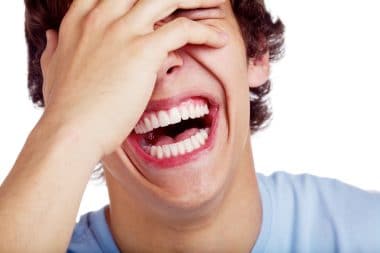
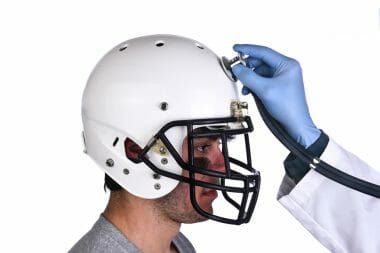
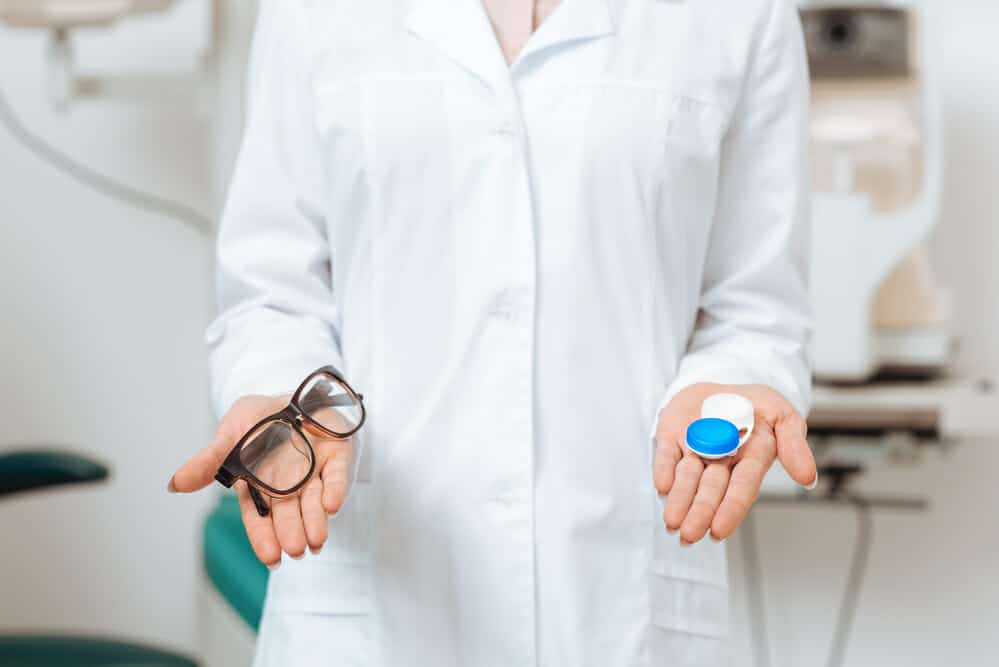
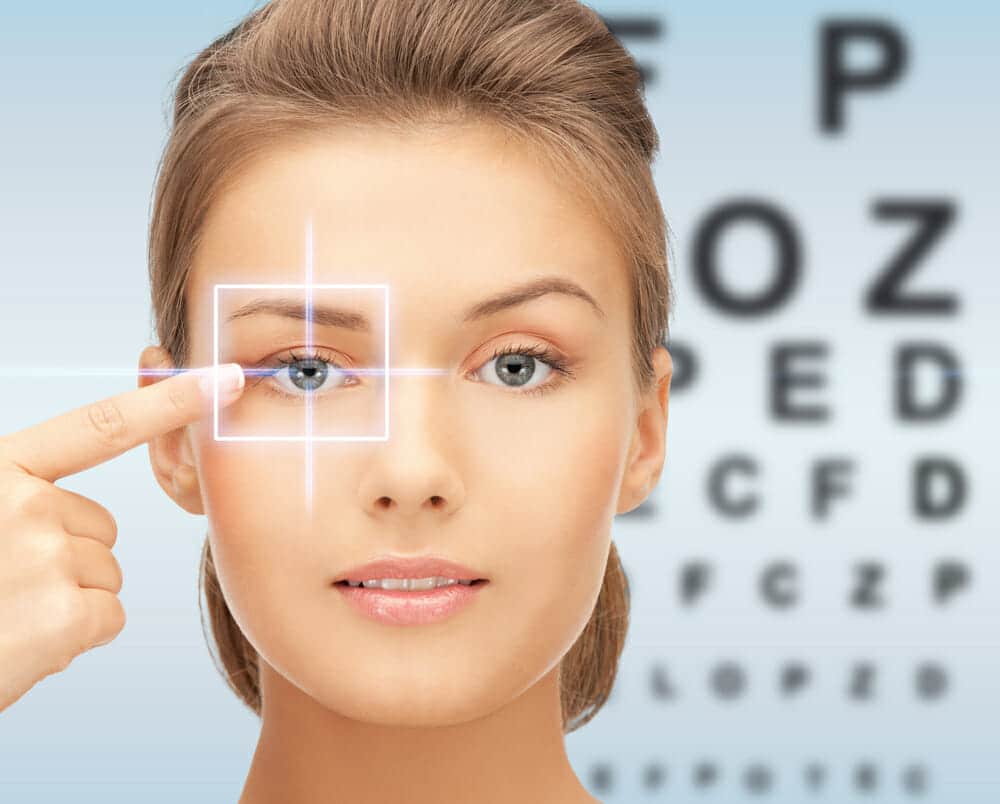
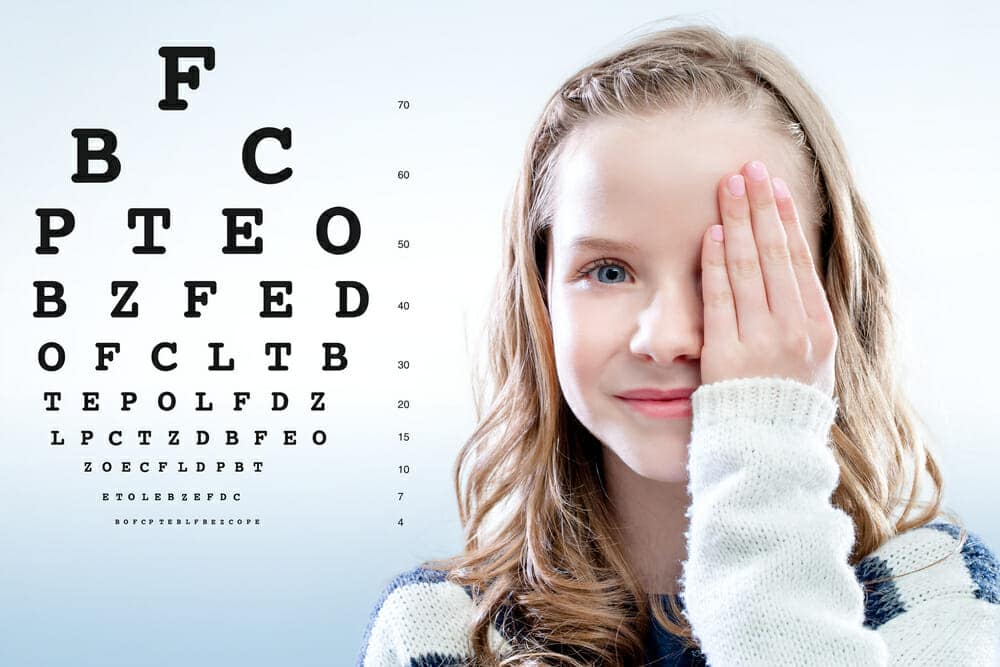

Reply